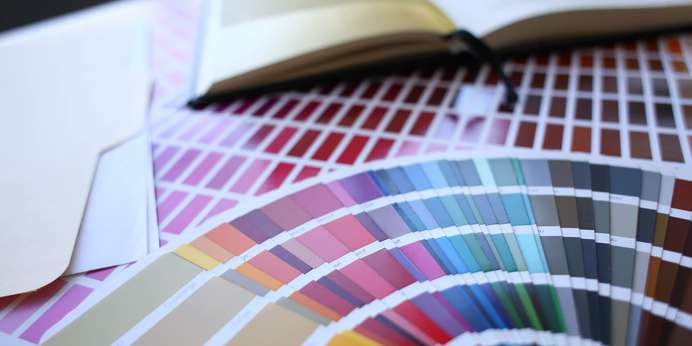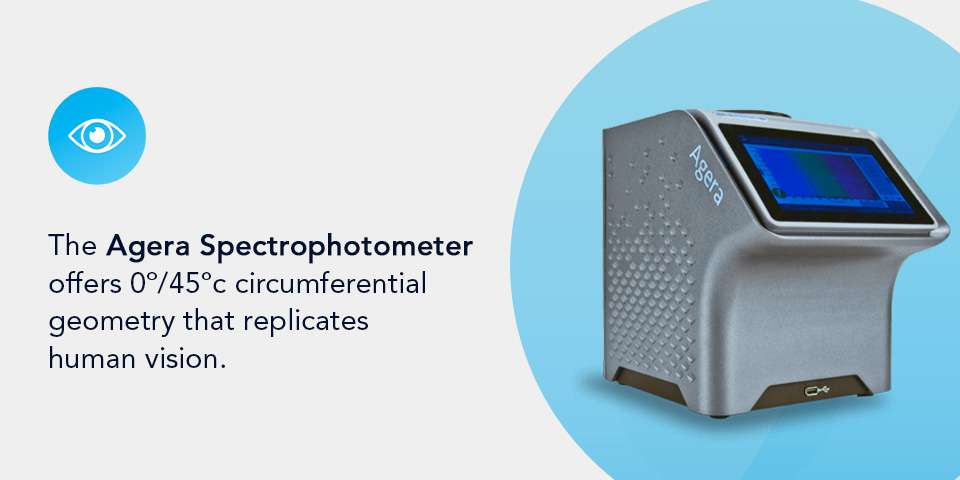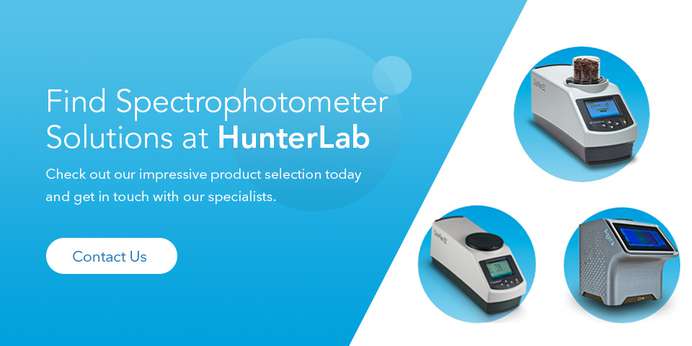
Spectrophotometers measure wavelengths of light emitted from samples to ensure product consistency, desired color output, and other industry-relevant factors.
What Is Reflectance?
Reflectance can be defined as the ratio of reflected to incident radiation, and it's an essential measurement in several fields. It corresponds to the amount of light that your sample reflects (emits) as compared to a specific reference material. Reflectance color measurement is required samples that are opaque as apposed to translucent or transparent.
The percentage you get when measuring reflectance is a spectrum of reflection percentage per wavelength or nanometer (nm). For example, if you test a red sample with white light, the expected spectrum should hit the maximum reflectance, usually around 700 nanometers for red visible spectra.
How to Measure Reflectance
A spectrophotometer attains a measurement of reflectivity by fulfilling the following actions:
- The spectrophotometer transmits all the wavelengths of light while shining a light on the sample.
- It measures the light that the sample reflects back.
- It converts that measurement into a quantified graph showing the dominant wavelengths of the color reflectance.
The reflectance consists of diffuse reflected light and specular reflected light.
Diffuse reflected light is the permeating light that scatters in a variety of directions, observed when light beams reflect from microscopically rough surfaces.
Specular reflected light reflects at the same angle as the incident angle of light, creating a mirror image. Essentially, this beam of light when reflecting off of smooth surfaces remains as a beam of light.
The Purpose of Measuring Reflectance
Reflectance measurement shows which part of the light spectrum a particular object belongs to. Humans have evolved to see a small part of the spectrum, known as visible light. The range of visible light stops at around 700 nanometers, but most of the light spectrum falls outside that continuum.
Measuring reflectance ensures that an item meets the aesthetic and quality control requirements of various items. It shows the dominant wavelengths that allow you to check that the product meets the desired wavelength range. Here are the typical wavelength ranges of different colors:
- Yellow: 570-585 nm
- Blue: 440-490 nm
- Indigo: 420-440 nm
- Red: 620-780 nm
- Orange: 585-620 nm
- Green: 490-570 nm
- Violet: 400-420 nm



